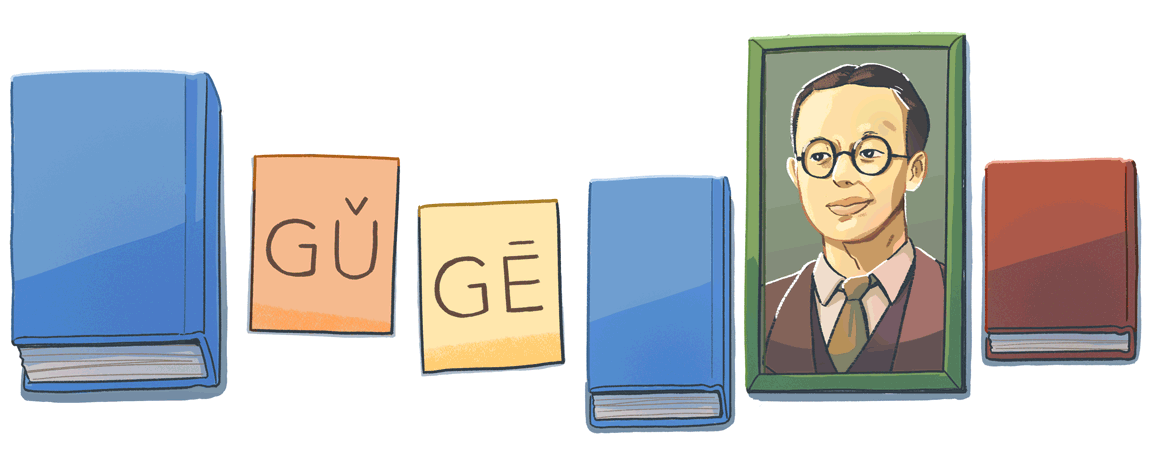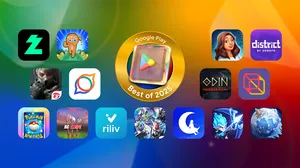A doodle celebrating Zhou Youguang and the ABCs of learning Mandarin

Mandarin Chinese is a tremendously rich logographic language, meaning every word is represented by a unique character or combination of characters. And there are a lot—the largest Chinese dictionaries contain more than 60,000 different ones.
The sheer volume makes it challenging for non-native speakers to master Mandarin. As anyone who has studied the language knows, it’s difficult remembering the pronunciations of thousands of characters!
Thanks to Zhou Youguang’s work, it’s now a lot easier to learn Mandarin. An economist by training, in the 1950s, he was tasked by the Chinese government to turn Chinese characters into words with Roman letters. Over three years, Zhou developed pinyin, a phonetic alphabet for Mandarin. With the help of just 26 letters of the Roman alphabet and four tonal marks, pinyin allows for the accurate pronunciation of any of Mandarin’s 60,000 or so characters, no matter how obscure. It’s thanks to Zhou that we can learn “拼音” is pronounced “pīn yīn” by reading its phonetic spelling, instead of listening to someone else pronounce it first.
So today’s doodle in countries including Argentina, Chile, Indonesia, Japan, New Zealand, Singapore, Sweden and the U.S. celebrates Zhou’s 112th birthday. Zhou passed away at the ripe old age of 111 last year. He lived long enough to see people using pinyin to type Mandarin characters on computers and mobile phones. By inventing pinyin, Zhou didn’t just help generations of students learn Mandarin. He also paved the way for a new generation of Mandarin speakers to communicate online.






